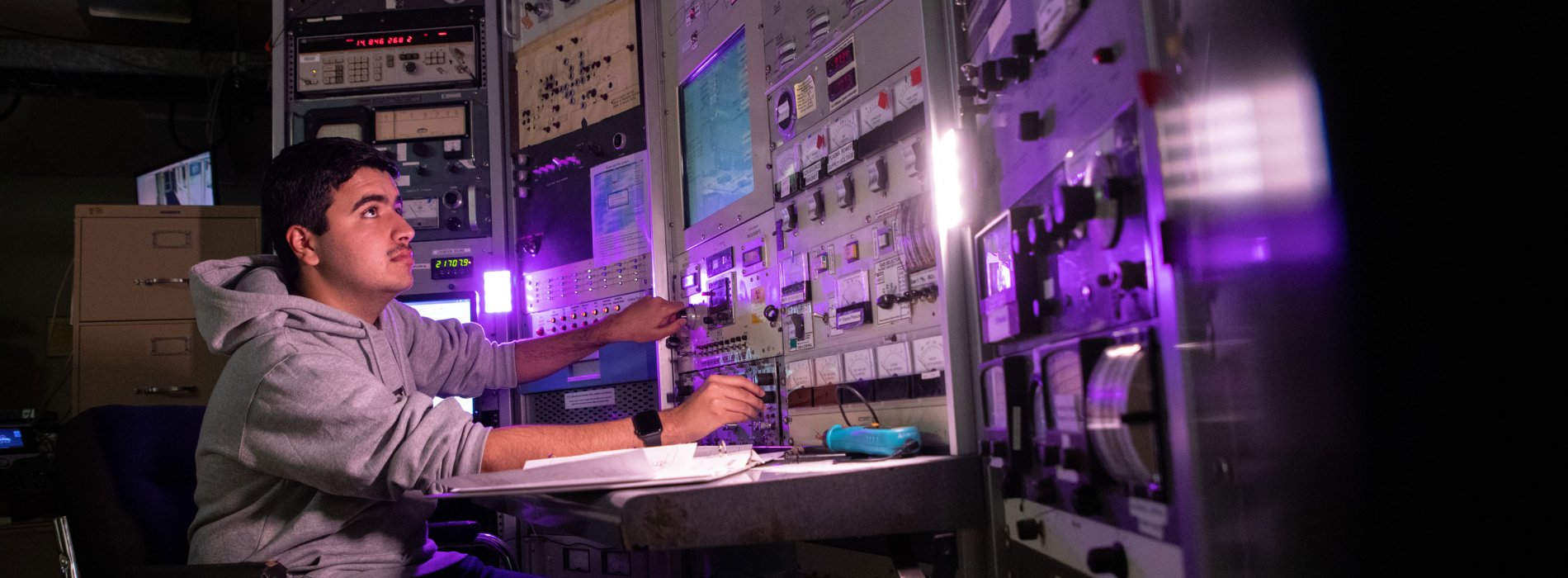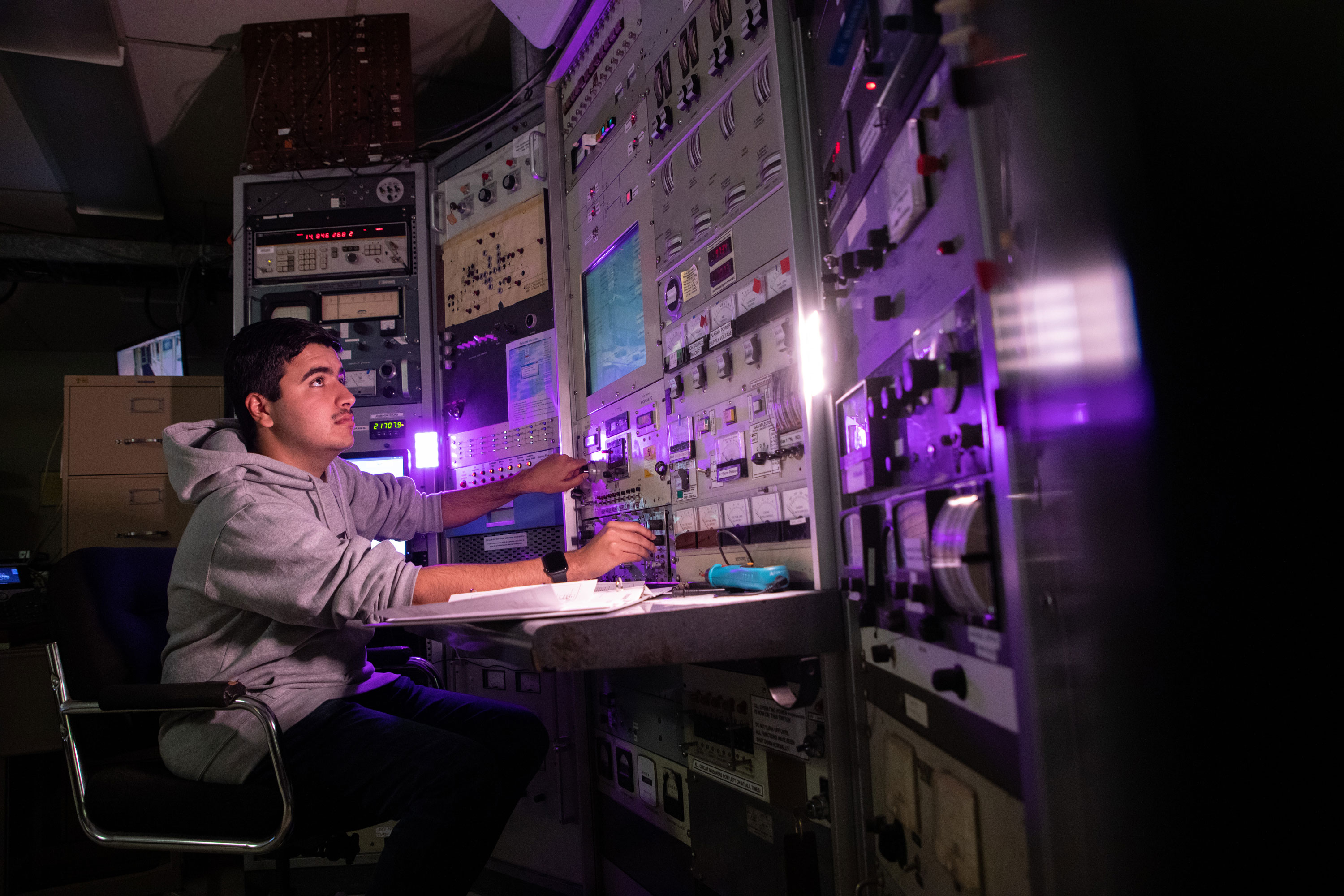Powerful Technology in a Collaborative Space
UAlbany’s renowned Ion Beam Lab (IBL) has developed unique capabilities for measurements, analyses and controlled modifications of materials using ion beams for more than 50 years.
The sophisticated IBL equipment can be used for materials elemental and structural analysis, ion implantation, sample irradiation and nanostructure fabrication. Modest investments in facilities upgrades would yield even more valuable and much needed benefits to the larger research and development communities.
The laboratory offers analysis techniques, not available anywhere else in the country, to our academic, industry and government partners. It also offers students and faculty a world-class facility for experiential learning, teaching and scholarship.
Reserve Equipment Time Contact the Ion Beam Lab




